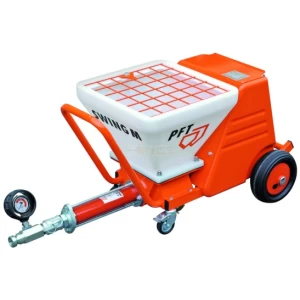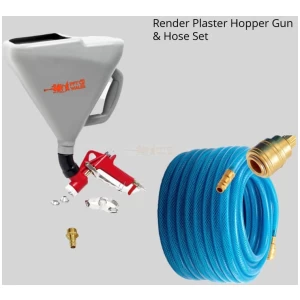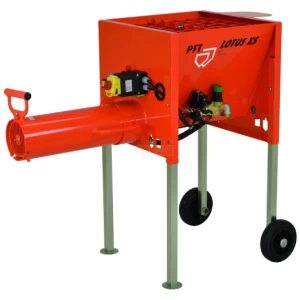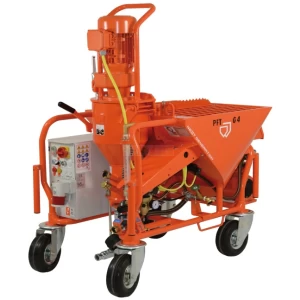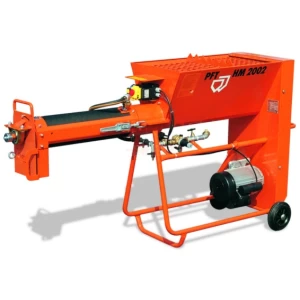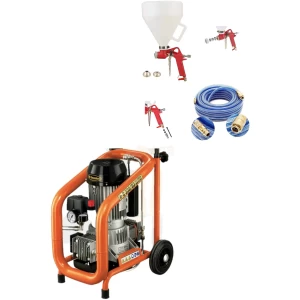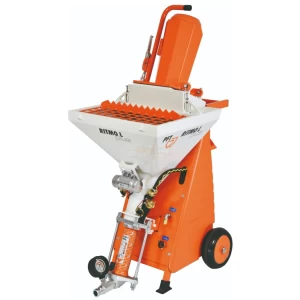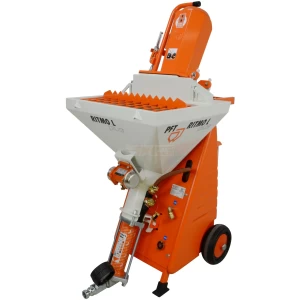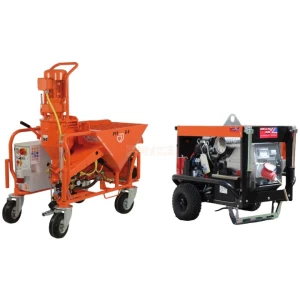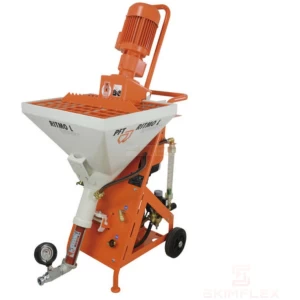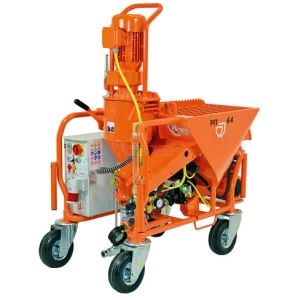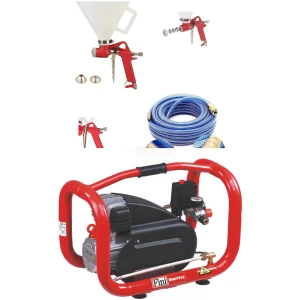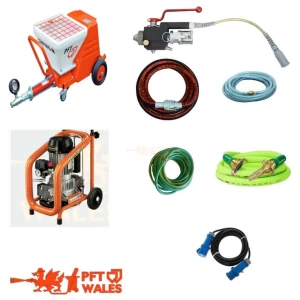No products in the cart.
Recommended Items
Best Seller Items
-
-
-
Call For latest Pricing
Ritmo L Smart
Ritmo L Smart,
Experience the revolution in plastering with the Ritmo L Smart, exclusively available at PFT Wales. As the cheapest mixing pump in the UK, it promises not only affordability but also unparalleled quality and efficiency. Ideal for beginners, this machine facilitates easy handling during setup, conversion, maintenance, and cleaning, offering a hassle-free operation that saves time and energy.
The Ritmo L Smart is designed for convenient transport, easily managed by a single person and fitting comfortably in any estate car. Moreover, it can be quickly dismounted into individual modules, simplifying the setup process considerably.
PFT Wales takes pride in offering this innovative machine equipped with the latest technology, ensuring smooth operation even at low water pressures. Don’t compromise on smaller conveying pumps when you have the Ritmo L Smart at your disposal, capable of functioning as a superior conveying pump. Trust PFT Wales to revolutionize your construction projects with unmatched quality and innovation. Order now and take a step towards the future of construction with PFT Wales.
Plaster spraying allows a plasterer to render a Wall more than five times faster than using a hawk & Trowel to apply it. Although sand and cement site mix can be sprayed if it is of a “spray grade,” most plaster sprayers prefer the organic-based pre-mixed renders packaged in a paper sacks or bags because the plaster spraying machine does not need to be emptied out after the job is finished for the day, providing that plaster is kept dry. The pre-mixed render also has the advantage that any surplus can be recycled, almost eliminating waste, and plasterers do not need to haul water and mix the plaster from powder. An external wall on a house can be rendered with a pre coloured render. Scaffold can then be dropped and the job considered complete in just days.
Pneumatic Type Pump or Screed Pump
Most common for floor layers and simple to use. These pumps are normally diesel fueled have a hopper which holds the semi dry screed mixture which is connected to an air compressor. The air moves through the bottom of the hopper forcing the screed out via the outputs on the wall. These Utiform screed pumps generally are easy to clean and can be towed.
Worm-drive pump & mixing Pumps
These sprayers have a worm-drive pump like PFT G4 or Ritmo L that pumps the Render up to a spray gun that has a large material hose, usually 25mm to 35 mm that extrudes the plaster into a chamber on the end of the spraying gun. In this chamber, compressed air is introduced to blast the plaster into a spray pattern. Worm-drive pumps have a rubber stator which is not compatible with solvent-based materials.
Mixing pumps have the ability to mix material automatically whilst simultaneously pumping.
Peristaltic pump
There are a few plaster sprayers that have a peristaltic pump (a tube squeezed by rollers) which also requires compressed air to produce a spray. These types of plaster sprayer can also spray textured coatings with particle sizes up to about 3mm diameter, providing that they are not solvent based.
Piston pump
Newer types of plaster sprayer have a piston pump, which has sufficient pressure to spray smooth (untextured) plaster without compressed air. Full airless pumps are sometimes used to spray smooth plaster, although they are not ideal as the flow rate is too low for volume projects; however, they can be used to spray solvent-based plasters.
Air operated piston type supply pumps can put out as much as 27 gpm. Like the PFT Samba 10:1 at about 9 gpm and the swing airless at about 27 gpm. These flow-rates are calculated at a maximum of 120 cfm air supply. Material supply hoses are medium pressure at about 600 psi. These pumps are material supply pumps only and additional air is required at the spray gun to propel the material to the surface. These guns are usually an internal mixture type guns where the material and air exits the gun together.
Finishing after Plastering machines screed pumps
When the plaster has been sprayed on the wall,floor or ceiling, it is flattened off with a wide spatula, typically 300-500 mm wide. This can be attached on a pole for finishing the ceiling or higher walls.
Plastering machines screed pumps can range from a simple conveying pump that we can use to pour in ready mixed plasters, screeds or renders, mixing pumps that will automatically mix a dry bagged product and pump and spray directly onto the wall or floor you are working on and eliminating the labour intensive task of mixing each bag, transporting the material to the area you are working at, and even replace the job a plasterer would have of applying the material in an uninterrupted, even application. Diesel powered plastering pumps and screed pumps require no outside source of power and can pump great distances when required.
A conveying plastering pump can be as small as the PFT Swing plastering machine that will pump and spray thin coat materials like finish plasters, coloured silicone renders and fireproofing materials straight to where they are needed.
A larger electric conveying pump like a ZP3 can be used to pump heavy renders like monocouche 1 coat renders and floor screeds.
A diesel conveying pump like the Utiform Vh2 & Utiform V3 can be used to pump large volumes of liquid screed over 100 meters.
The mixing pumps we supply here are PFT Wales start in a 240 volt Ritmo plastering machine aimed at small plastering gangs and plasterers who work on domestic properties and small one off new builds where power is readily available and the plastering machine is simply plugged into mains electric.
The larger mixing pump plastering machines are powered by 415 volts or 3 phase power. These larger machines for mixing and spraying plasters,renders and bagged screeds, are often used by gangs of plasterers who work mostly on sites where they can apply large areas in a little time with the right gang in control. These 3 phase machines like our PFT G4 will be run by a 3 phase generator usually supplied with the plastering machine packages.
All our render pump, screed pump and plastering machines are supplied with the official PFT Training that we highly recommend if considering going into working with spray plaster machines


